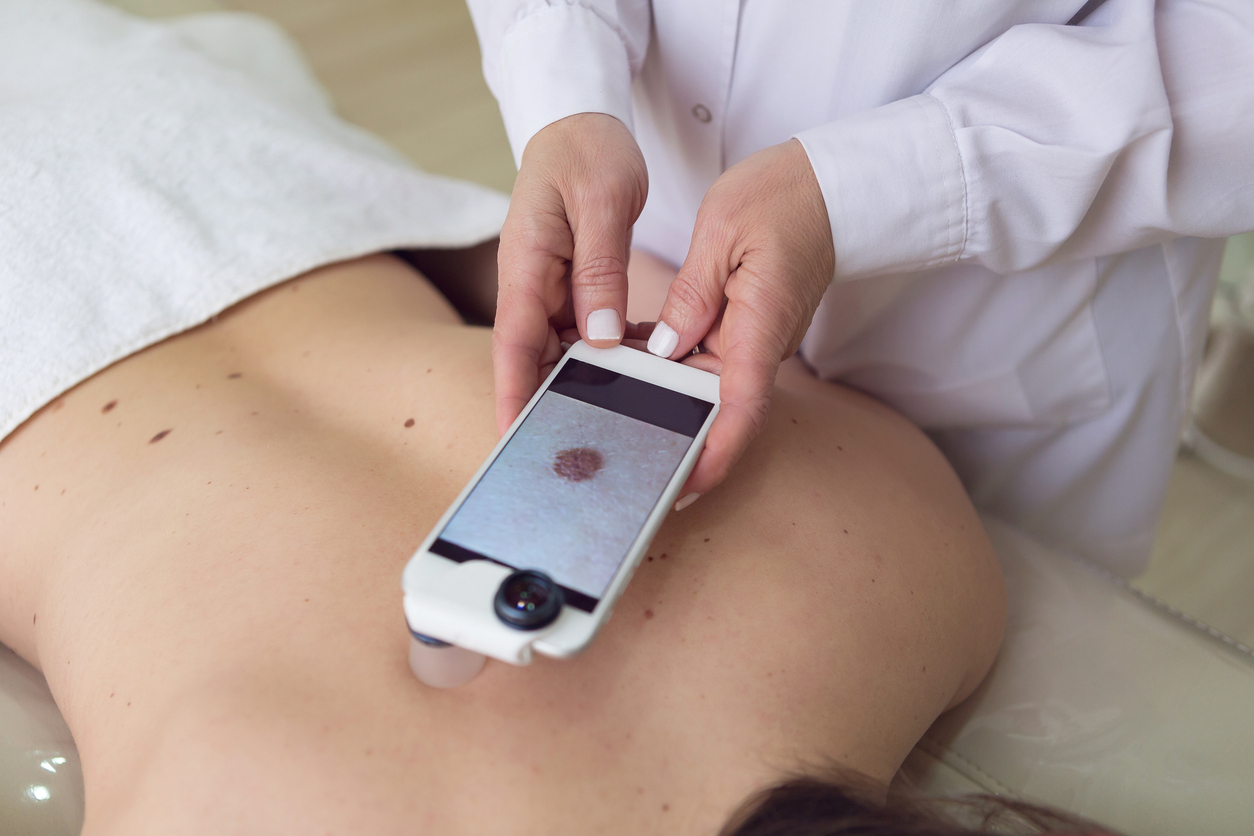 Australians might be a competitive bunch, but “Skin Cancer Capital of the World” is one crown we are not so proud of. Two in three Australians will be diagnosed with skin cancer by the age of 70. What a lot of people don’t realise is that, if caught early, up to 90% of melanomas can be successfully treated with surgery.
Australians might be a competitive bunch, but “Skin Cancer Capital of the World” is one crown we are not so proud of. Two in three Australians will be diagnosed with skin cancer by the age of 70. What a lot of people don’t realise is that, if caught early, up to 90% of melanomas can be successfully treated with surgery.
So, in addition to always trying to protect yourself from the sun, getting to “know the skin you are in” is key. Regularly monitoring your skin and seeking medical advice if you notice a new spot, or a change in an existing spot, is the most important way to ensure early detection.
Getting to know your skin starts with regularly checking your skin. Remember, melanoma doesn’t just develop in sun exposed areas, it can occur anywhere. In addition to the common areas like face, trunk, arms and legs, make sure you always check your ears, lips, nails, palms and the soles of your feet.
When you do check your skin, what exactly you looking for?
It is important to remember that not all skin cancers look the same. There are however, some key warning signs such as:
For melanoma, go back to basics and remember the alphabet – the ABCDE’s of skin.
A – Asymmetry: If you draw a line through the middle of a mole, do the halves look different?
B – Border: Are the edges uneven or irregular?
C – Colour: Are there different shades, ofr is the colour patchy?
D – Diameter: Is it >6mm in diameter or, if it is <6mm, is it getting bigger?
E – Evolving: Has it changed over time? This might be in size, shape, texture, colour, or starting to itch/bleed.
Also remember, melanomas are not always black – they can be brown, pink, skin coloured or a combination of different shades.
If all of this seems a bit confusing, go back to one simple rule: does it look different from anything else around it?
If you have lots of spots, it can be difficult to analyse every single one, so take a step back, and check if there is something that stands out as different to anything else around it. Another tip is to take photos and create a “skin” album in your smart phone. That way you can see if anything is changing over time.
While checking your own skin regularly is important, it is also recommended to see a health professional for a full skin check at least annually, or more depending on your history and skin type. And remember, prevention is key: don’t forget to slip, slop, slap, slide, and seek.